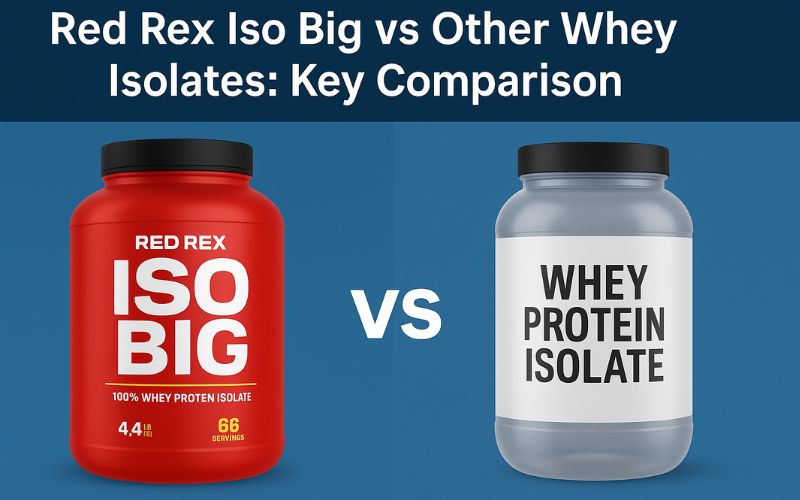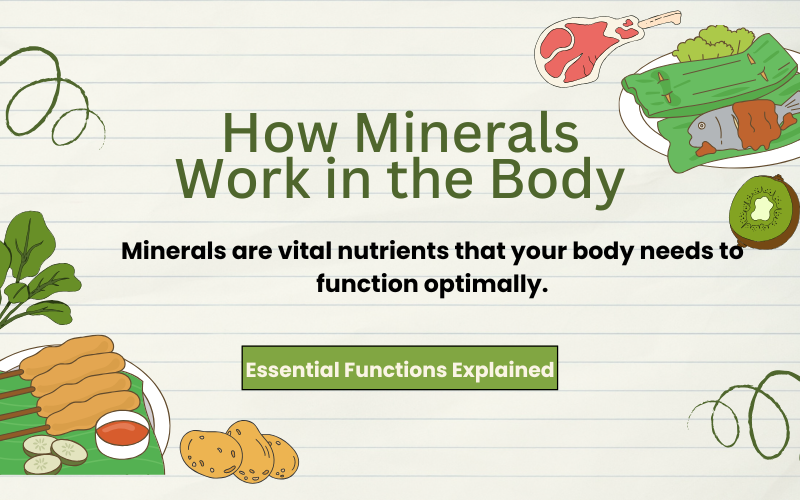The Environmental Impact of Isolate Protein Production: Exploring Sustainability in Protein Manufacturing
Protein supplements, environmental Impact of Protein, particularly isolate protein powders, have become integral to fitness routines and dietary plans worldwide. As demand surges, so does the scrutiny of the environmental impact of producing these proteins. This article delves into the environmental aspects of isolate protein production, emphasizing sustainability and potential solutions to mitigate its ecological footprint.
Understanding Isolate Protein Production
Isolate protein refers to a highly refined form of protein extracted from various sources like whey, soy, peas, or rice. It undergoes rigorous processing to remove fats, carbohydrates, and other non-protein components, resulting in a product with 90% or higher protein content.
Steps in Isolate Protein Production
- Raw Material Cultivation: Protein sources like dairy for whey or plants for soy and peas require extensive farming.
- Processing: Extraction involves separating protein from other components through filtration, ion exchange, or enzymatic hydrolysis.
- Drying: The extracted protein undergoes spray drying, converting it into a powder form.
- Packaging and Distribution: Final products are packed in plastic or recyclable materials and distributed globally.
Each step in this process has environmental implications, from greenhouse gas emissions to water usage and land occupation.
Key Environmental Concerns in Isolate Protein Production
1. Carbon Footprint
The carbon emissions associated with isolate protein production vary significantly depending on the source.
- Whey Protein: Derived from dairy, whey protein production has a substantial carbon footprint due to methane emissions from livestock and energy-intensive processing methods.
- Plant-Based Proteins: While typically less carbon-intensive than animal-based sources, growing crops like soy or peas can contribute to deforestation and loss of biodiversity.
A life cycle assessment (LCA) study reveals that plant-based proteins generally emit 50% less CO₂ per kilogram than their animal-based counterparts. However, the energy required for processing isolates can still contribute to significant emissions.
2. Water Usage
Water is critical in every stage of isolate protein production. For whey protein, water usage includes hydration for livestock, cleaning equipment, and processing milk. Plant-based proteins also require water for irrigation and processing.
The water footprint of soy protein isolate, for instance, is estimated at approximately 2,400 liters per kilogram, while whey protein isolate can exceed 4,000 liters per kilogram.
3. Land Use
Land use is a critical factor in protein production sustainability. Dairy farming requires extensive land for grazing and growing feed, contributing to habitat destruction. In contrast, large-scale soybean or pea farming can lead to monoculture practices that reduce soil fertility and biodiversity.
4. Chemical Usage
Chemical fertilizers and pesticides are widely used in plant cultivation to maximize yields. These chemicals can leach into waterways, causing eutrophication and harming aquatic ecosystems. Similarly, dairy farming often relies on antibiotics and growth hormones, which can enter the environment and disrupt natural ecosystems.
Steps Toward Sustainable Protein Production
Efforts to minimize the environmental impact of isolate protein production are gaining momentum, driven by consumer demand for eco-friendly products and stricter environmental regulations.
1. Adopting Regenerative Agriculture
Regenerative agriculture emphasizes practices that restore soil health, enhance biodiversity, and sequester carbon. Using cover crops, crop rotation, and reduced tillage, farmers can mitigate the negative impacts of cultivating protein-rich crops like soy and peas.
2. Reducing Food Waste
The protein production industry generates significant by-products, such as whey from cheese production or husks from plant processing. Innovative solutions are repurposing these by-products to create value-added products, minimizing waste and environmental impact.
3. Optimizing Energy Efficiency
Processing facilities can adopt energy-efficient technologies and renewable energy sources to reduce their carbon footprint. For example, using solar or wind energy in spray drying operations can significantly decrease emissions.
4. Transitioning to Plant-Based Proteins
Shifting focus from animal-based to plant-based proteins can substantially reduce greenhouse gas emissions, water usage, and land requirements. However, sustainability in plant-based protein production also requires careful consideration of crop selection, farming practices, and processing methods.
Technological Innovations Supporting Sustainability
Advances in biotechnology and food science are opening new possibilities for sustainable isolate protein production.
1. Precision Fermentation
Precision fermentation uses microbial fermentation to produce high-quality proteins without traditional farming. This method significantly reduces land and water usage and eliminates the need for livestock or large-scale crop farming.
2. Vertical Farming
Vertical farming offers a sustainable solution for growing protein-rich crops in controlled environments. By minimizing land use and water consumption, vertical farming supports the sustainable production of raw materials for plant-based proteins.
3. Membrane Filtration Techniques
Innovative filtration technologies, such as nanofiltration and reverse osmosis, improve the efficiency of protein extraction while reducing energy consumption and waste.
The Role of Consumers in Promoting Sustainability
Consumers play a pivotal role in driving sustainability in protein manufacturing. By prioritizing eco-friendly products, they encourage companies to adopt greener practices. Here are some ways consumers can make a difference:
- Choose Sustainable Brands: Look for brands that use eco-friendly packaging, renewable energy, or sustainable farming practices.
- Support Local Producers: Reducing the distance between production and consumption lowers transportation emissions.
- Opt for Plant-Based Proteins: Selecting plant-based over animal-based protein sources can significantly reduce your dietary carbon footprint.
- Educate Yourself: Stay informed about the environmental impact of various protein sources and advocate for greater transparency from manufacturers.
Collaborative Efforts for a Greener Future
Achieving sustainability in isolate protein production requires a collaborative approach involving governments, manufacturers, researchers, and consumers. Key areas of focus include:
- Policy Implementation: Governments can incentivize sustainable practices through subsidies, tax breaks, and stricter regulations on emissions and resource usage.
- Corporate Responsibility: Companies must prioritize sustainability by adopting eco-friendly technologies, reducing waste, and enhancing transparency in their supply chains.
- Research and Innovation: Ongoing research into alternative protein sources, such as algae or insect-based proteins, can provide sustainable options for the future.
Conclusion
The environmental impact of isolate protein production is a complex challenge, but it is not insurmountable. Through a combination of sustainable farming practices, technological advancements, and conscious consumer choices, the industry can significantly reduce its ecological footprint. As the global demand for protein continues to rise, prioritizing sustainability in manufacturing will not only protect our planet but also pave the way for a healthier, more equitable future.
At Syner Nutrition, we are committed to offering high-quality protein supplements while supporting sustainability. If you’re looking to make eco-conscious choices without compromising your fitness goals, explore our wide range of products crafted with care and quality in mind.
Take a step towards a healthier you and a greener planet today. Visit us at Syner Nutrition and shop sustainable protein supplements now!
FAQs on the Environmental Impact of Isolate Protein Production
1. How does isolate protein production impact the environment?
Isolate protein production affects the environment in various ways, including greenhouse gas emissions, high water usage, land occupation, and chemical pollution. For example, whey protein from dairy farming contributes to methane emissions, while plant-based proteins like soy or peas may lead to deforestation and soil degradation. Energy-intensive processing methods further add to the environmental footprint.
2. Why is the carbon footprint of isolate protein production a concern?
The carbon footprint is significant because animal-based proteins, like whey, rely on livestock farming, which produces methane. Additionally, the energy-intensive processing of isolate proteins contributes to greenhouse gas emissions. Plant-based isolates have a lower carbon footprint but still require efficient processing to reduce emissions further.
3. Which isolate protein source is the most sustainable?
Plant-based isolates, such as those derived from peas or soy, are generally more sustainable than animal-based proteins. They use less water, emit fewer greenhouse gases, and require less land. However, sustainable farming practices and reduced processing emissions are essential for maximizing their environmental benefits.
4. How does water usage differ between whey and plant-based protein production?
Whey protein production has a higher water footprint, often exceeding 4,000 liters per kilogram, due to dairy farming and processing requirements. Plant-based proteins like soy and pea isolates require less water, with approximately 2,400 liters per kilogram, but water-efficient irrigation systems can further improve sustainability.
5. What steps can consumers take to support sustainable protein production?
Consumers can choose plant-based protein products, prioritize brands using eco-friendly practices, and support local producers to reduce transportation emissions. Reading labels and opting for recyclable or biodegradable packaging can also promote sustainability in protein manufacturing.









Add comment